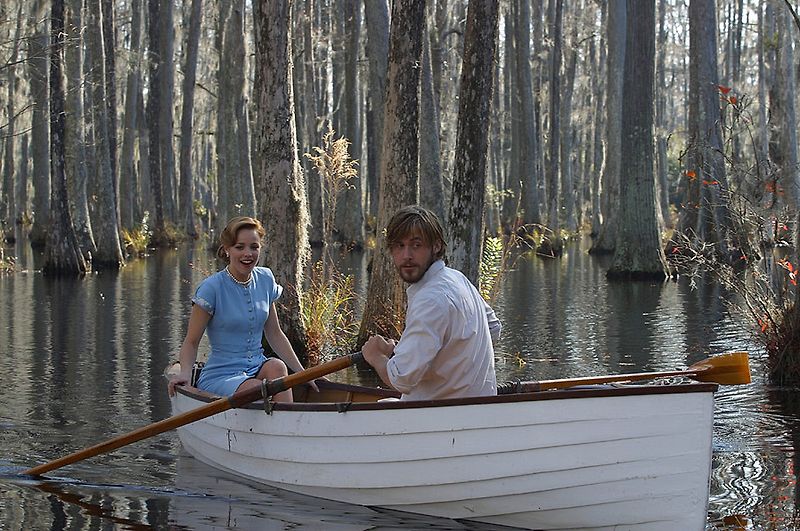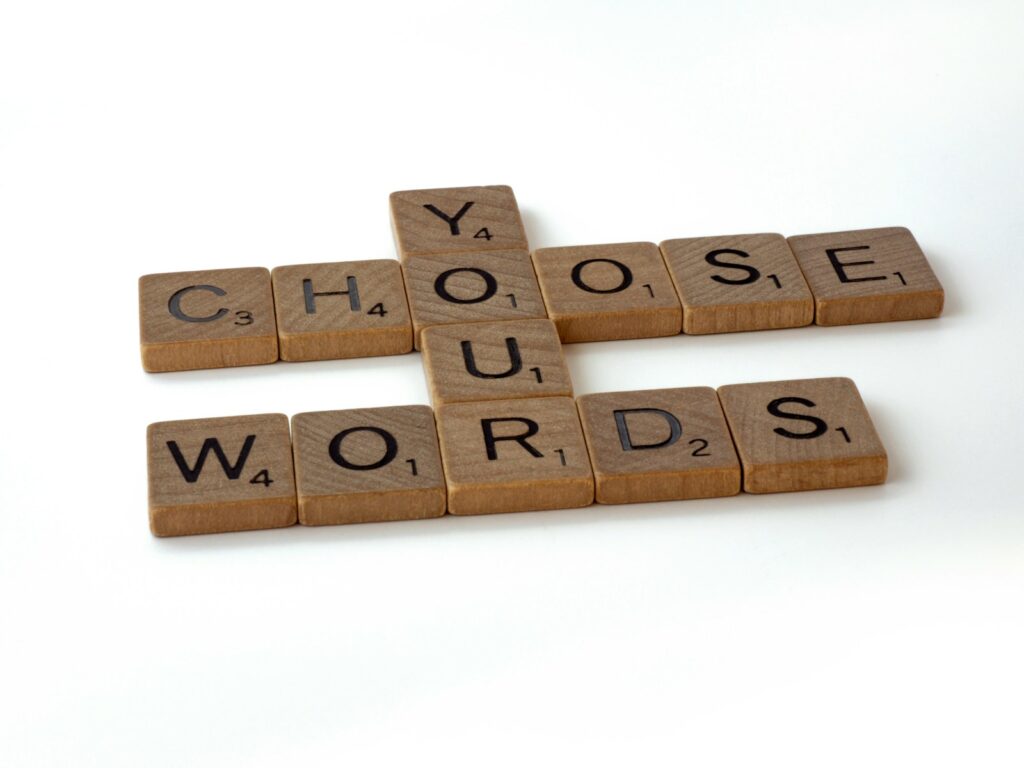
In the intricate landscape of the English language, few pairs of words cause as much head-scratching as “worse” and “worst.” They sound strikingly similar, share a common root in the word “bad,” and both serve to express degrees of negativity. Yet, despite their close relationship, confusing these two can lead to misunderstandings and undermine the clarity of your communication. It’s a common pitfall that even seasoned writers occasionally stumble upon.
Understanding the precise application of “worse” and “worst” is not just about grammatical correctness; it’s about conveying your message with accuracy and confidence. Whether you’re describing a deteriorating situation or identifying the absolute nadir of a group, choosing the right word ensures your meaning is crystal clear. This guide is designed to cut through the confusion, offering a CNET-style breakdown that’s both informative and practical.
We’ll navigate the nuances of these often-misused adjectives, exploring their definitions, grammatical functions, and how they fit into the broader system of comparative and superlative adjectives. By the end of this deep dive, you’ll have a robust understanding, equipping you to use “worse” and “worst” correctly every single time, giving your writing the polish it deserves.

1. **Decoding the Duo: The Fundamental Difference Between Worse and Worst**The core of differentiating “worse” and “worst” lies in recognizing their grammatical roles. Both are forms of the adjective “bad,” yet they serve distinct purposes when comparing degrees of unfavorability. “Worse” operates as a comparative, while “worst” functions as a superlative. This distinction is paramount to their correct application in any sentence.
Think of it this way: “worse” essentially means “more bad.” It’s employed when you are making a direct comparison between just two things, highlighting that one possesses a higher degree of negativity than the other. This comparative nature positions it as a bridge between a simple negative state and an even more negative one, always in relation to a single point of reference.
Conversely, “worst” signifies “most bad.” Its role is to identify the absolute lowest quality or most negative condition within a group of three or more items. When something is described as the “worst,” it implies that it stands at the very bottom of the scale, surpassing all other options in its level of undesirability. This superlative form marks an extreme, leaving no room for a further degree of badness.

2. **Worse: Understanding the Comparative Degree**”Worse” is designated as the comparative form of the adjective “bad.” This means its primary function is to draw a comparison between two subjects, objects, or situations, indicating that one is of a lower quality, less desirable, or more unfavorable than the other. The comparison is always dualistic, pitting one against precisely one other. For instance, “Your breath is bad, but mine is worse.” Here, two breaths are being compared, with one being identified as having a greater degree of badness.
The application of “worse” extends beyond just physical attributes; it can describe the trajectory of events or conditions. When a situation is initially “bad” and then deteriorates further, it “just got worse.” This highlights a progression from one negative state to a more intensified negative state. It’s a key indicator of decline or a heightened degree of negativity when only two points in time or two aspects are under consideration.
Furthermore, “worse” also serves as the comparative form for the adjective “ill.” In this context, it refers to a state of poorer health or increased sickness when comparing two instances. For example, if someone’s condition was “ill” and then declined, they might be described as “worse.” This usage consistently emphasizes a greater degree of the underlying negative quality, whether it be badness or illness, in a two-way comparison.
Read more about: Beyond Bad: 12 Critical Distinctions Between ‘Worse’ and ‘Worst’ That Every Pop Culture Fan Needs to Master
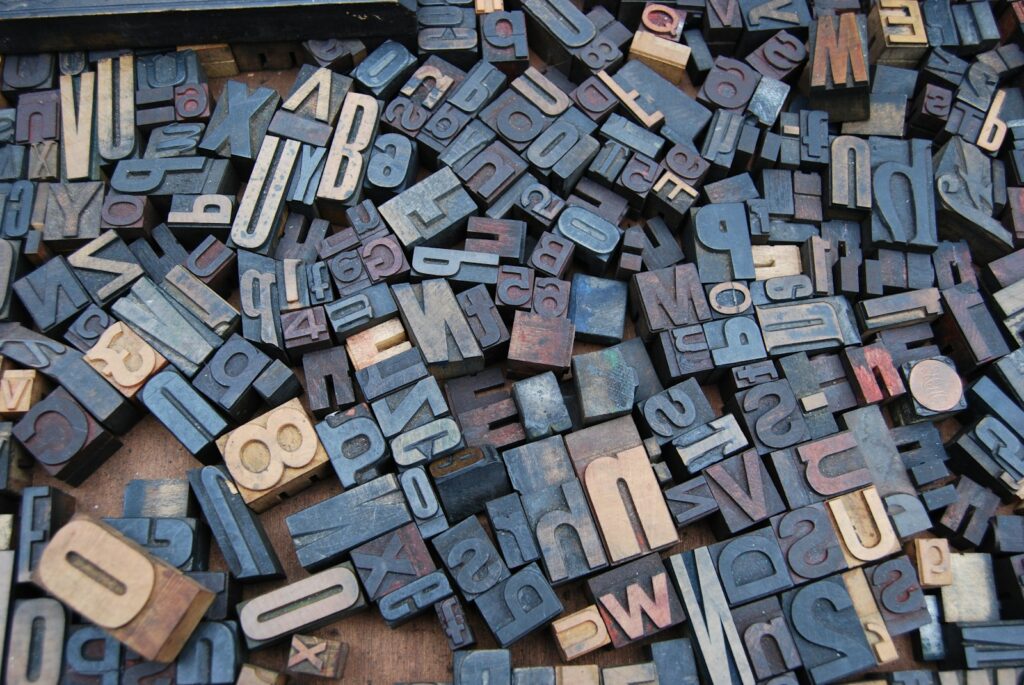
3. **Worst: Mastering the Superlative Degree**As the superlative form of “bad,” “worst” is employed when you need to express the ultimate degree of negativity. It’s used in comparisons involving more than two things, or to state that something is the most extreme out of every conceivable option. This means “worst” sets the benchmark for absolute inferiority within a defined set. When you say something is “the worst,” you’re declaring it unparalleled in its undesirability.
Consider a scenario where multiple elements are being evaluated. “Yours is bad, mine is worse, but his is the worst” clearly illustrates the hierarchy of badness among three distinct entities. The word “worst” unequivocally places “his” at the lowest rung. This makes it an invaluable tool for ranking and establishing the absolute extreme in any group or collection of items, be it experiences, performances, or conditions.
Similarly, “worst” functions as the superlative form for “ill.” If out of several patients, one is in the most critical or severe state of sickness, they would be described as “the worst.” This application is crucial for conveying the most extreme degree of poor health. The context consistently demands a comparison among more than two options, or a statement of absolute maximum negativity, solidifying “worst” as the definitive choice for the ultimate low point.
Read more about: The Grammatical Grind: Why ‘Worse’ and ‘Worst’ Are Driving You Nuts (and How to Finally Master Them)
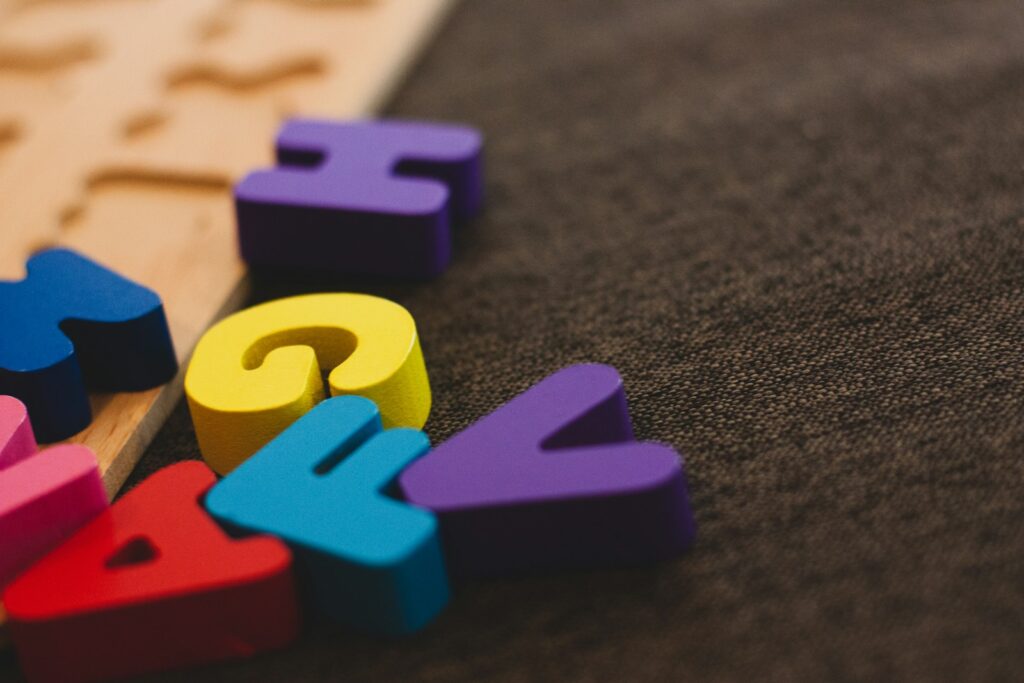
4. **The Good, The Better, The Best: A Parallel Perspective**To truly grasp the roles of “worse” and “worst,” it’s incredibly helpful to draw a parallel with their positive counterparts: “good,” “better,” and “best.” This analogy provides a familiar framework for understanding comparative and superlative degrees, making the concept of “more bad” and “most bad” more intuitive. Just as “good” describes a positive quality, “bad” describes a negative one.
When we compare two positive things, we use “better,” which is the comparative form of “good.” For example, “This apple is good, but that one is better.” Here, “better” indicates a higher degree of goodness in a two-way comparison. This directly mirrors how “worse” functions for negative qualities, indicating a higher degree of badness between two items. The structural similarity offers a clear mental model.
Extending this analogy, “best” is the superlative form of “good,” used when comparing three or more things to identify the absolute pinnacle of quality. “Out of all these apples, this one is the best.” This reflects the role of “worst,” which identifies the absolute lowest point of quality among multiple options. By observing the consistent pattern between these positive and negative adjective sets, the distinct functions of “worse” and “worst” become much clearer and easier to remember.
Read more about: Remember These Days? 14 Iconic Manual Transmissions That Vanished Or Are Fading From Our Car Options
5. **Unpacking Comparative and Superlative Adjectives: The General Rules**Before diving deeper into the specifics of “worse” and “worst,” it’s essential to understand the general mechanics of comparative and superlative adjectives. These grammatical forms are fundamental tools for expressing degrees of qualities in English. Typically, adjectives follow fairly predictable patterns when transitioning into their comparative and superlative forms, which helps in constructing clear and precise descriptions.
For most adjectives, forming the comparative involves either adding the suffix “-er” to the end of the word or, for longer adjectives, preceding it with the word “more” or “less.” Consider adjectives like “fast,” which becomes “faster,” or “smart,” which transforms into “smarter.” Similarly, “impressive” requires “more impressive” to form its comparative. These rules apply when you’re comparing two items, indicating a higher or lower degree of a particular quality.
The superlative form, used for comparisons among three or more items, usually involves adding “-est” to the end of the adjective or using “most” or “least” before it. So, “fast” becomes “fastest,” and “smart” becomes “smartest.” For “impressive,” the superlative is “most impressive.” Understanding these standard rules provides the necessary context to appreciate why “worse” and “worst” are considered exceptions, making their irregular nature more memorable.
Read more about: Mastering the ‘Worst’: Your Ultimate Guide to Precision and Power in English Grammar
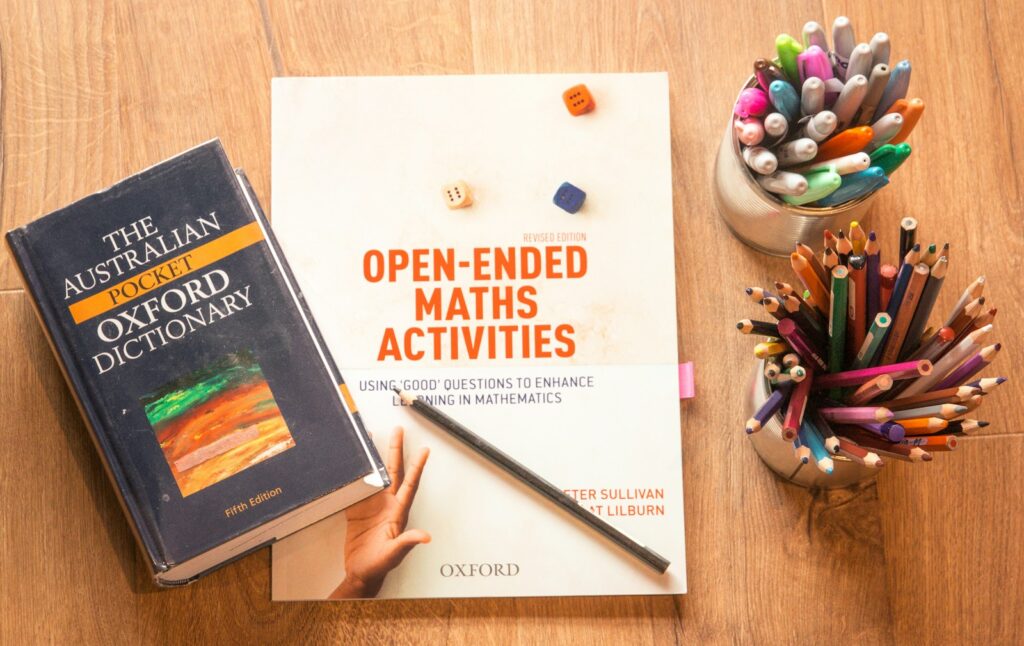
6. **The Grammatical Mavericks: Why Worse and Worst Break the Rules**While many adjectives dutifully follow the “-er/-est” or “more/most” patterns for their comparative and superlative forms, “worse” and “worst” are notable exceptions. They belong to a special category of irregular adjectives that do not conform to these standard rules. This irregularity is a key reason why they often cause confusion for speakers and writers alike, as their forms are not intuitively derived from “bad.”
If “bad” were a regular adjective, its comparative form might be “badder” and its superlative “baddest,” akin to “big,” “bigger,” “biggest.” However, the English language, through centuries of evolution, has retained these older, irregular forms. This makes “worse” and “worst” historical remnants that have diverged from the more common grammatical pathways, adding a layer of complexity to their usage.
Despite their deviation from the typical rules, there’s a subtle clue within their structure that can aid memory. The superlative ending “-est” is, in fact, present at the end of “worst.” This tiny detail, shared with “best” (the superlative of “good”), can serve as a mnemonic device. Recognizing that both “worst” and “best” incorporate this suffix can help reinforce their identity as superlative forms, guiding you to use them correctly in comparisons of three or more.
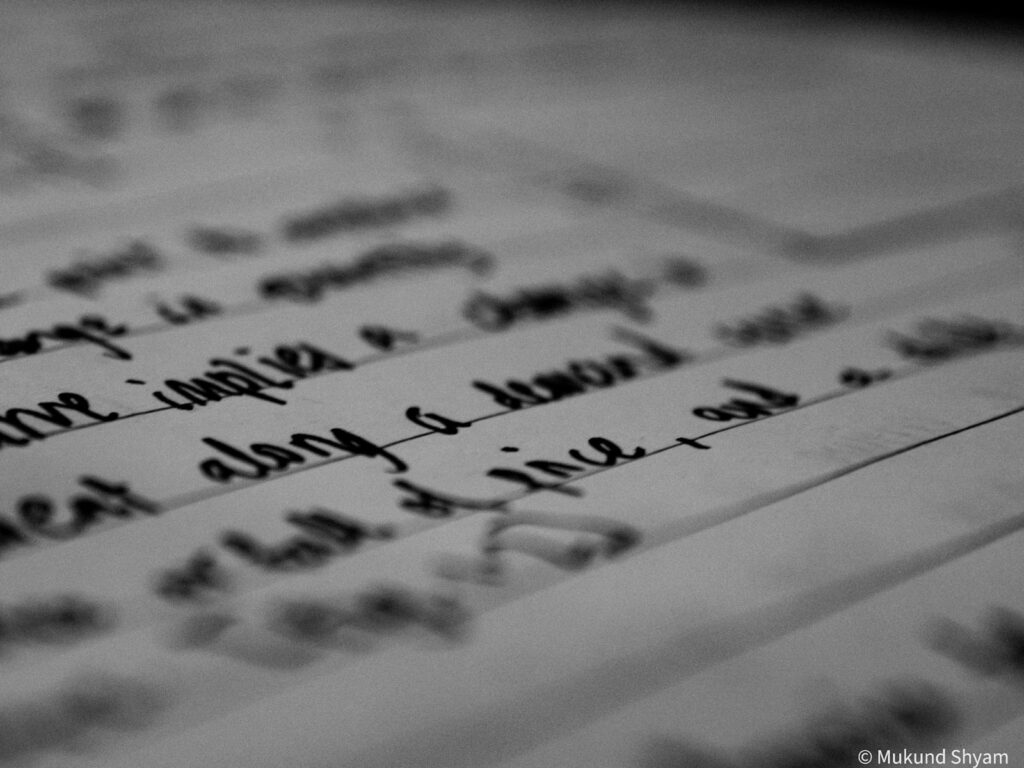
7. **Worse in Action: Signifying Deterioration and Lower Quality**The word “worse” is an indispensable tool for articulating a decline in quality, condition, or desirability. When something progresses from a negative state to an even more negative one, “worse” perfectly captures this downward trend. It implies a sense of deterioration, highlighting that a situation or object has become less favorable than it was at a previous point or compared to another specific entity.
For instance, consider a common scenario: “Briony’s cold got worse after a few days, so she had to see a doctor.” This sentence clearly illustrates a progression where Briony’s condition, already “bad” (a cold), deepened into something “worse.” The comparative adjective effectively communicates that her health had deteriorated, moving to a lower, less desirable state over time. It’s about a shift from one level of badness to another, more severe level.
Similarly, “The recipe tasted worse after I added vinegar” showcases a direct comparison of taste between two states of the same recipe—before and after adding vinegar. The addition negatively impacted its quality, making the taste “worse.” This active use of “worse” is critical for describing negative changes, establishing a clear link between an action or passage of time and an ensuing decline in quality or condition. It’s always about comparing a current, more unfavorable state to a previous or alternative one.
Read more about: Decoding ‘Worst’: A Consumer Guide to Understanding Reliability Ratings for 2025 Pickup Trucks
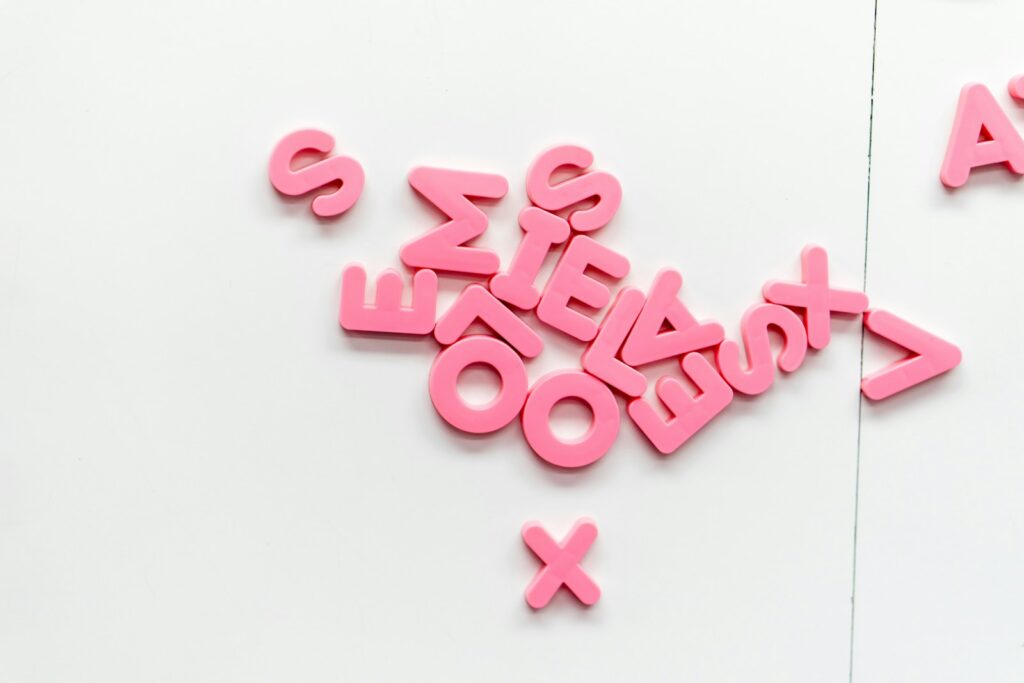
8. **From Bad to Worse: Tracking Negative Progression**The phrase “from bad to worse” is a prime example of “worse” in an idiomatic expression, perfectly encapsulating a situation that has started negatively and then proceeded to deteriorate further. This idiom effectively communicates a continuous decline in quality, condition, or circumstances, moving from one undesirable state to an even more intensified one. It’s a vivid way to describe a downward spiral.
This expression is a powerful tool for conveying a sense of growing difficulty or worsening predicaments. When something goes “from bad to worse,” it signifies that the initial negative state has intensified, indicating a clear trajectory towards increased negativity. It precisely captures the comparative nature of “worse,” always in relation to a preceding, less severe negative state.
Consider how personal attributes or even external conditions can be described using this phrase. For instance, “My handwriting has gone from bad to worse since I graduated high school” vividly illustrates a steady decline in legibility over time. The original state, while perhaps already imperfect (“bad”), has undeniably fallen to an even lower standard, becoming “worse.”
This idiom is not merely about a static negative state but about the dynamic process of decline. It underscores the idea that things aren’t just bad; they are actively becoming more so. Understanding this expression deepens one’s grasp of “worse” as an indicator of comparative deterioration, showing how one thing is demonstrably more undesirable than another, or than it was previously.
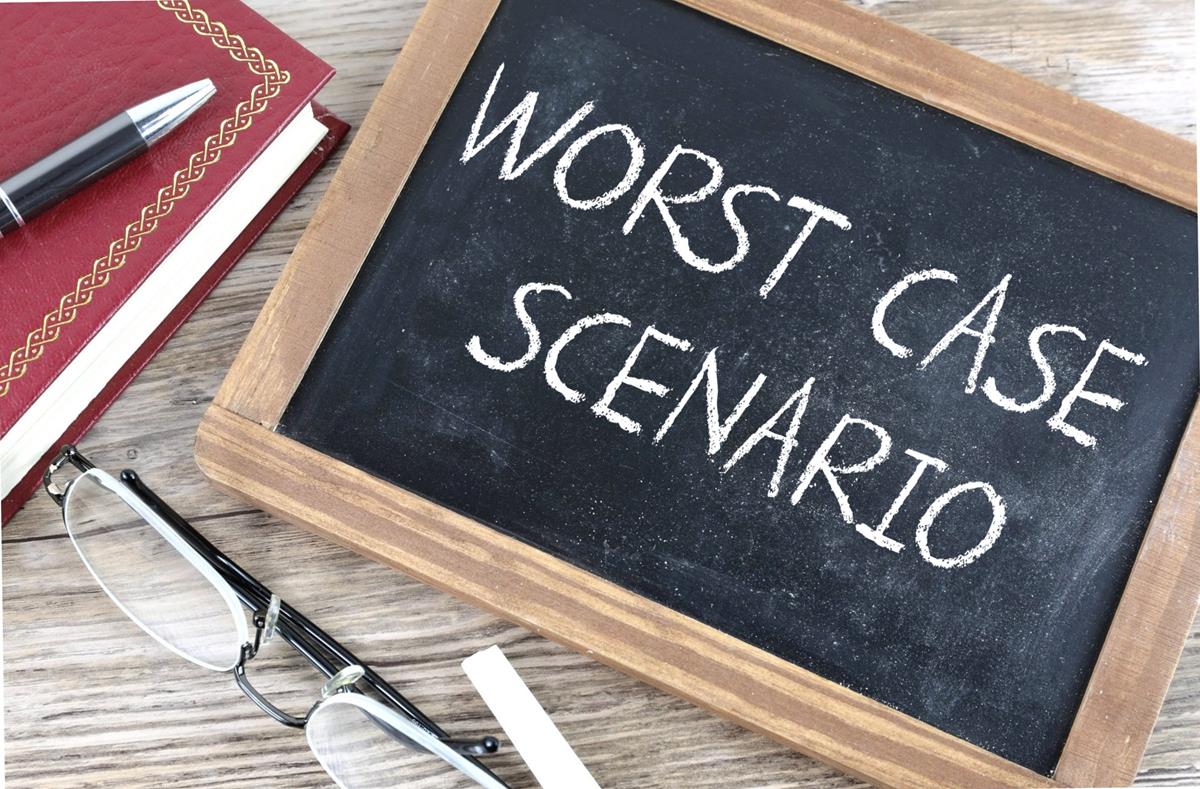
9. **Worst Case Scenario: Preparing for the Utmost Negative**When discussing the absolute peak of negativity, “worst” takes center stage in critical idiomatic expressions like “in the worst case” and “worst-case scenario.” These phrases are specifically designed to refer to a situation that is as bad as it possibly could be when compared to any other conceivable outcome. It’s about envisioning the most dire potential results, making the superlative form “worst” the only fitting choice.
These idioms are commonly employed when planning or strategizing, particularly in risk assessment. They force consideration of the most unfavorable circumstances to ensure preparedness. For example, “In the worst case, the beams will collapse instantly” describes the most extreme negative possibility that engineers or planners might need to account for, even if it’s an unlikely event.
Similarly, “This isn’t what we expect to happen—it’s just the worst-case scenario” clearly indicates that the situation being described represents the absolute nadir of potential outcomes. It’s not merely bad, or even worse than another option; it is the ultimate extreme, unparalleled in its degree of undesirability among all possible alternatives.
It is crucial to note that while the words “worse” and “case” can appear together in a sentence, such as “Jacob had a worse case of bronchitis than Melanie did,” this does not constitute a set idiom. The specific, recognized idiomatic expressions that refer to the most extreme negative possibility invariably use the superlative “worst” to convey that absolute finality of badness.
Read more about: Mastering ‘Worst’: Your Essential Guide to Deciphering Quality and Avoiding the Absolute Least Desirable Outcomes
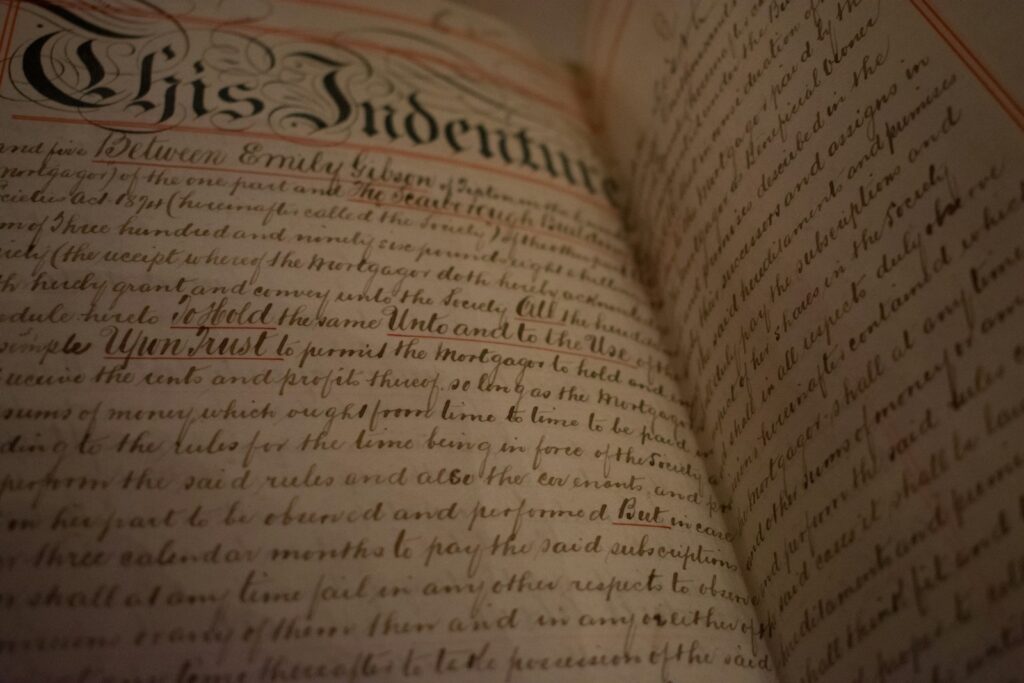
10. **If Worse Comes to Worst vs. If Worst Comes to Worst: A Linguistic Tug-of-War**One of the most intriguing linguistic quirks involving these two words is the expression meaning “if the worst possible outcome happens.” It comes in two very similar versions: “if worse comes to worst” and “if worst comes to worst.” While both are understood to convey the same urgent meaning, the latter, “if worst comes to worst,” is significantly more commonly used, despite arguably making less literal sense to some.
The phrase itself signals a point of last resort, where all other, more desirable alternatives have failed, and only the most undesirable outcome remains a possibility. Regardless of the form used, this expression is almost always followed by a proposed solution or contingency plan, demonstrating a proactive approach even in the face of extreme adversity.
Consider the pragmatic application of this idiom: “If worse comes to worst and every door is locked, we’ll get in by opening a window.” Here, the speaker acknowledges the most unfavorable possibility—being entirely locked out—and immediately offers a practical method to overcome it, emphasizing preparedness for the absolute worst outcome.
Another excellent illustration is, “I’m going to try to make it to the store before the storm starts, but if worst comes to worst, I’ll at least have my umbrella with me.” This sentence perfectly captures the essence of anticipating a highly negative event and having a fallback, highlighting that even in the face of the ultimate bad scenario, there’s a plan in place. The enduring popularity of both versions of this idiom showcases the flexibility and occasional irregularity of English expression.
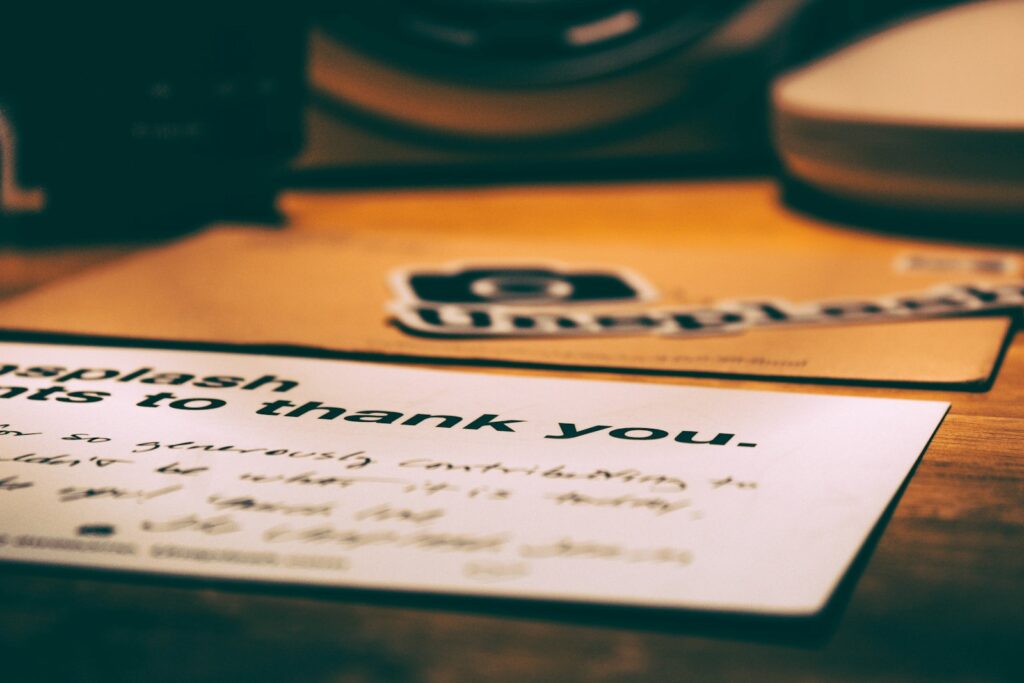
11. **Worst as a Noun: Identifying the Absolute Inferior**Beyond its role as a superlative adjective, “worst” also holds a significant place as a noun, particularly when preceded by “the.” In this capacity, it refers to “something that is worst,” serving to identify the single most inferior, undesirable, or negative entity within a given context. This usage allows for a concise way to refer to the ultimate low point without needing to specify the type of “badness” in detail.
When we use “the worst” as a noun, we are often talking about preparing for the most challenging or undesirable circumstances. Phrases such as “Prepare for the worst” are common, instructing individuals to anticipate and make ready for the most unfavorable outcome. This highlights the absolute nature of “worst” – it stands at the absolute bottom of any scale of quality or condition.
The noun form can also be used in more personal or abstract contexts. For example, “He brings out the worst in her” illustrates how an individual’s influence can cause another person to display their most undesirable traits or behaviors. In this sense, “the worst” refers to the culmination of negative qualities or actions, personified or attributed to a specific interaction.
The ability of “worst” to function as a noun underscores its definitive power in language. It is not merely describing a higher degree of badness but is literally signifying the very embodiment of the most extreme negative quality. Whether in abstract planning or concrete description, “the worst” provides a powerful shorthand for the absolute nadir.
Read more about: The Grammatical Grind: Why ‘Worse’ and ‘Worst’ Are Driving You Nuts (and How to Finally Master Them)

12. **Worst as an Adverb: The Zenith of Undesirability in Action**While commonly recognized as an adjective, “worst” also functions effectively as an adverb, particularly as the superlative form of “badly.” In this adverbial capacity, “worst” describes actions or events as occurring “in the worst manner” or “in the greatest degree” of negativity or imperfection. This usage emphasizes the extreme poor quality of an action, rather than the quality of a noun it modifies.
When used adverbially, “worst” indicates that an action was performed with the greatest degree of fault, inefficiency, or undesirability possible. Dictionary definitions further elaborate on this role, stating “worst” can mean “in the most evil, wicked, severe, or disadvantageous manner,” or “with the most severity, intensity, etc.; in the greatest degree.” This wide range of application allows “worst” to describe the ultimate poor execution or the most intense negative manifestation of an action.
Consider a scenario where multiple attempts were made at a task: one person performed “badly,” another “worse,” but a third performed “worst.” This progression demonstrates “worst” as the ultimate descriptor for poor execution. It signals an unparalleled level of deficiency in the manner something was done, affirming its strong adverbial position in conveying absolute inferiority of action.
Read more about: The Grammatical Grind: Why ‘Worse’ and ‘Worst’ Are Driving You Nuts (and How to Finally Master Them)

13. **Delving Deeper into “Worst”: Multifaceted Meanings of Absolute Low**The versatility of “worst” extends to several nuanced definitions, allowing it to describe a multitude of absolute lowest points in various contexts. It’s not just about a simple lack of quality; “worst” can pinpoint the most unsatisfactory, the most unpleasant, or even the least skilled aspects of anything under comparison, solidifying its role as the ultimate superlative for negative attributes.
One common application refers to something being “most faulty or unsatisfactory,” as in “the worst job I’ve ever seen,” conveying unparalleled defects. “Worst” also encapsulates the most negative sensory or emotional experiences, meaning “most unpleasant, unattractive, or disagreeable,” like “the worst personality I’ve ever known.” It speaks to an individual whose disposition is uniquely and profoundly offensive or unappealing.
Furthermore, “worst” can denote a complete lack of proficiency, signifying “least efficient or skilled.” For instance, “The worst drivers in the country come from that state” makes a sweeping statement about driving abilities, placing them at the absolute bottom of the skill hierarchy. These diverse uses highlight “worst” as the go-to word for identifying the absolute nadir across a spectrum of negative attributes.
Read more about: Navigating ‘Worse’ vs. ‘Worst’: A Comprehensive Consumer Guide to Mastering These Tricky Superlatives
14. **Masterful Usage: Examples to Cement Your Understanding**To truly master the distinction and appropriate application of “worse” and “worst,” reviewing a variety of real-world examples is invaluable. These sentences from the English lexicon showcase the words in action, providing concrete illustrations of their comparative and superlative functions across different scenarios, reinforcing the lessons we’ve covered.
Observe “I think the pink paint looks worse on the wall than the red paint did.” Here, “worse” makes a direct comparison between two specific paints, identifying a lower degree of visual appeal. Contrast this with “Out of all of us, Tom had the worst case of poison ivy,” where “worst” is a superlative, placing Tom’s affliction at the absolute peak of severity among multiple individuals.
Consider the detailed comparison in “Debra Deer had a worse finishing time than Charlie Cheetah, but Sam Sloth had the worst time by far.” This sentence beautifully illustrates both words, with Debra’s time being “worse” than Charlie’s, while Sam’s is “the worst” of all. These varied examples solidify your understanding, ensuring you can confidently deploy “worse” and “worst” with precision and clarity in any context.
Navigating the subtle yet significant differences between “worse” and “worst” can transform your communication, infusing it with greater accuracy and impact. By internalizing their distinct roles as comparative and superlative forms of “bad” and “ill,” and by recognizing their behavior in common idioms and varied grammatical functions, you’re now equipped to wield these powerful words with newfound confidence. So go forth, speak, and write with the precision that distinguishes the merely “bad” from the truly “worst.”




